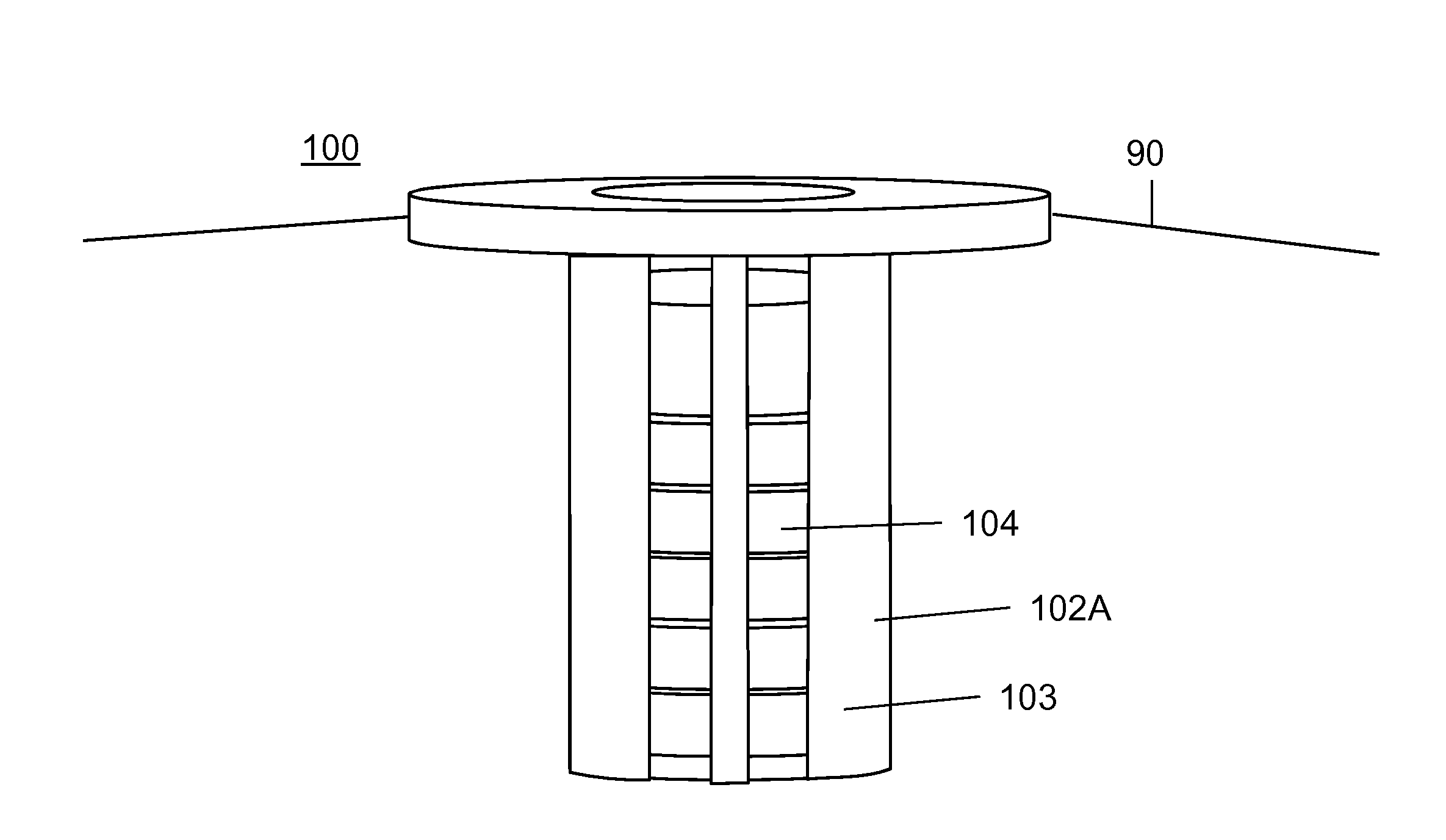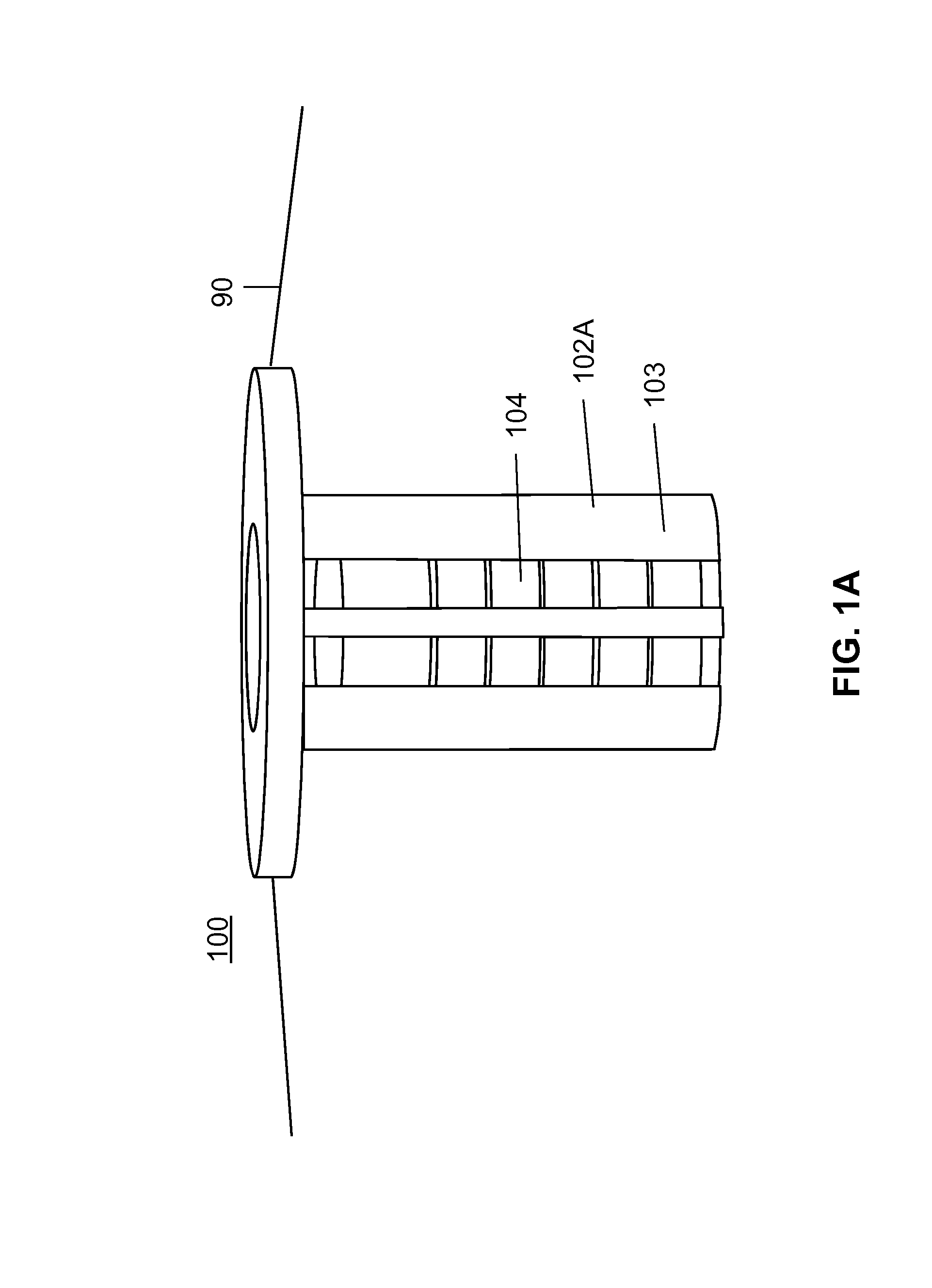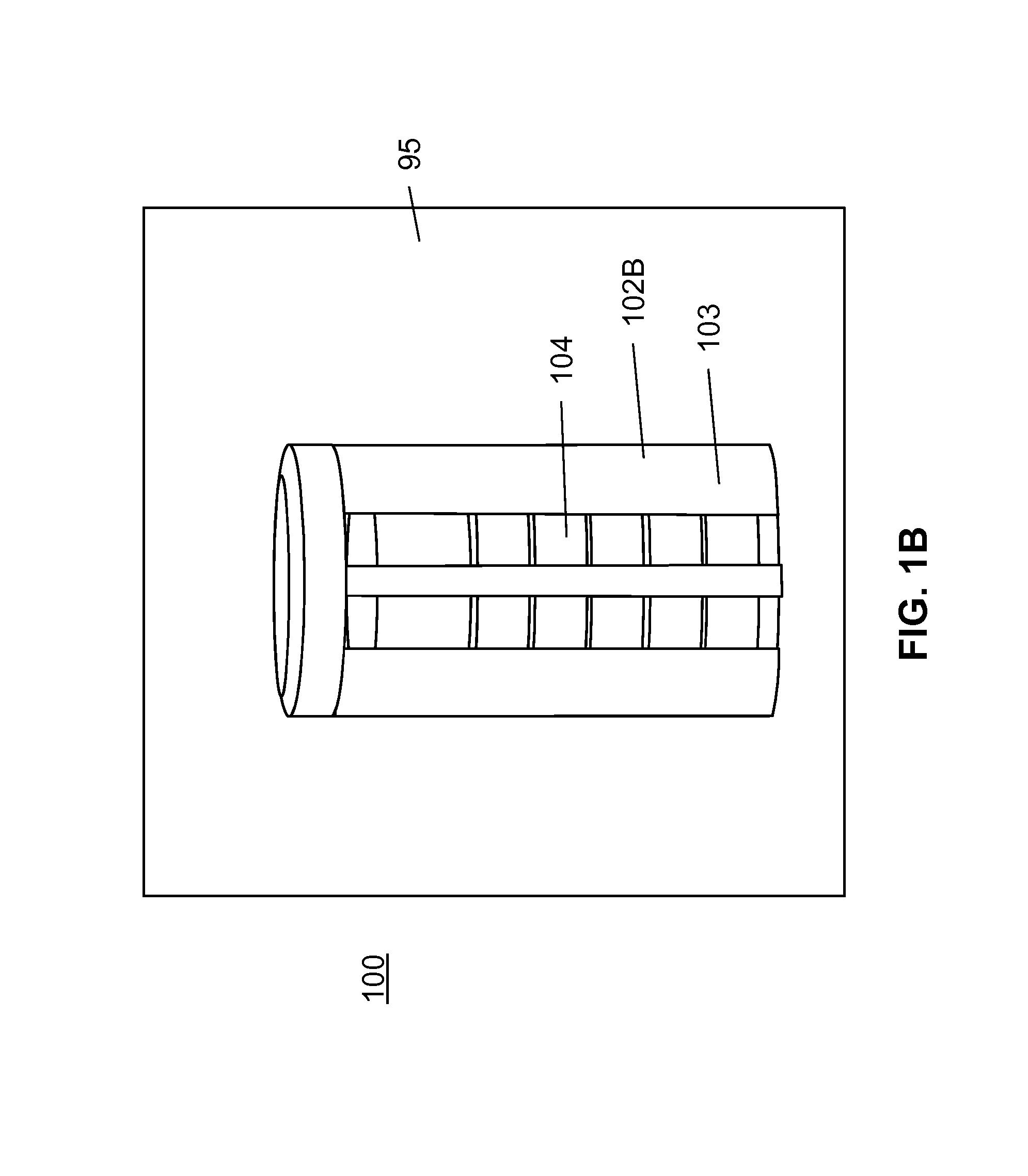System and methods for pest reduction
a technology of pest reduction and pest control, applied in the field of pest reduction, can solve the problems of reducing the economic value of blue-stained wood, reducing limiting the effectiveness of termite baiting systems, so as to reduce the carbon footprint of manufacturers and consumers, reduce the effect of non-pest toxicity and high consumption ra
- Summary
- Abstract
- Description
- Claims
- Application Information
AI Technical Summary
Benefits of technology
Problems solved by technology
Method used
Image
Examples
Embodiment Construction
[0045]As described above, subterranean termites are one of the most destructive pests of wooden structures in the world, costing property owners billions of dollars annually in control and replacement costs. Bait systems, such as bait stations, may be used to protect wooden structures from subterranean termite degradation. Bait stations are placed in the soil around structures to intercept subterranean termites and offer a sacrificial food source, which can be used to monitor for termite presence, or treated with a slow acting insecticide to act as a control. Wood is often the sacrificial feeding attractant of choice used to entice randomly foraging subterranean termites to the bait stations. Termite workers feed on the wood bait and any chemicals it may contain while recruiting other termites to the site. Termite workers feed other castes of termites within the colony, which slowly die off after ingesting the toxicant. If the “attractiveness” or the consumption rate of a bait sourc...
PUM
 Login to View More
Login to View More Abstract
Description
Claims
Application Information
 Login to View More
Login to View More - R&D
- Intellectual Property
- Life Sciences
- Materials
- Tech Scout
- Unparalleled Data Quality
- Higher Quality Content
- 60% Fewer Hallucinations
Browse by: Latest US Patents, China's latest patents, Technical Efficacy Thesaurus, Application Domain, Technology Topic, Popular Technical Reports.
© 2025 PatSnap. All rights reserved.Legal|Privacy policy|Modern Slavery Act Transparency Statement|Sitemap|About US| Contact US: help@patsnap.com



